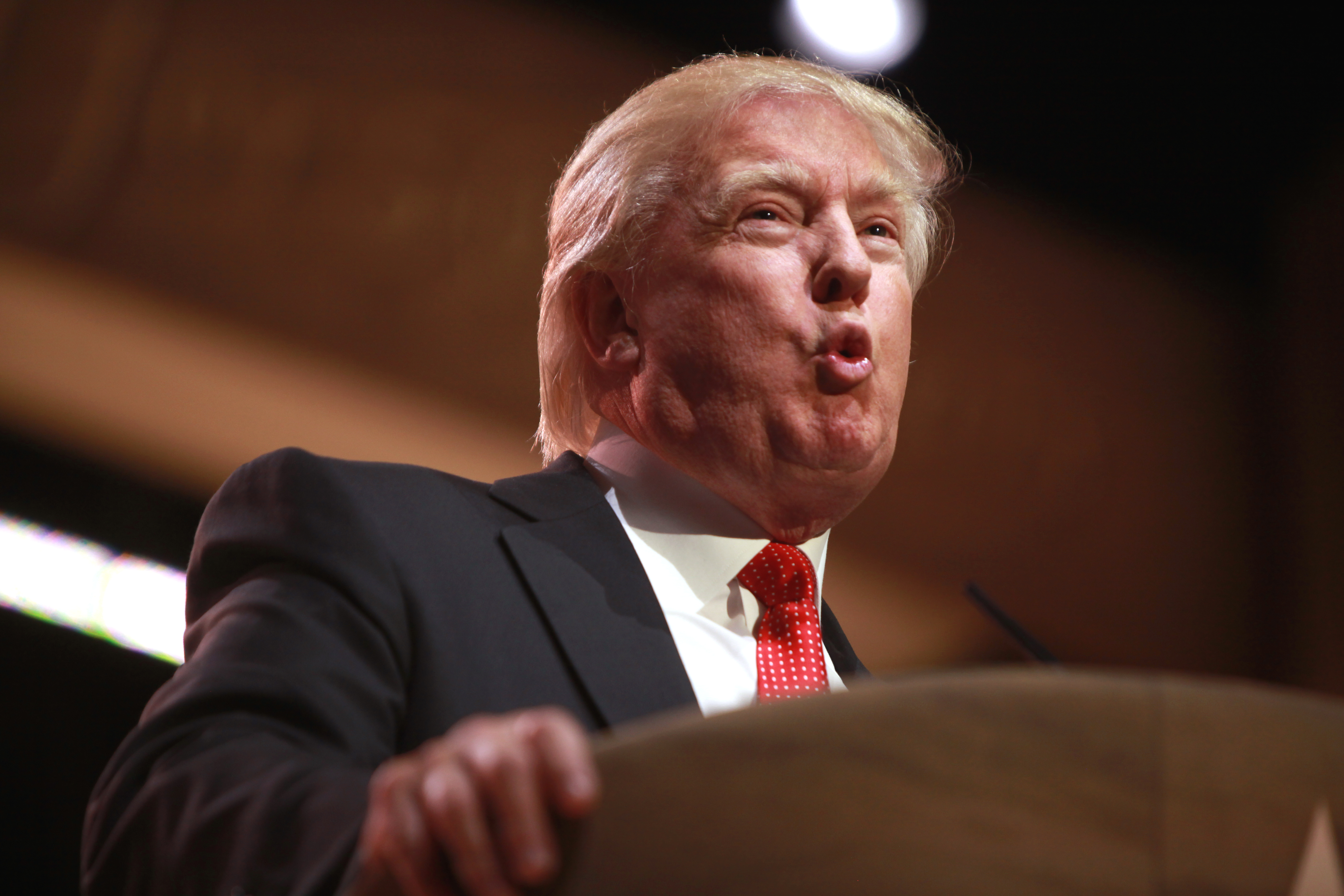
By Germain Palacios | Published Feb. 9, 2017
If “Making America Great Again” means decreasing taxes for some while increasing taxes for others, count me out. Count low and middle-income families with dependents out, too.
An estimated 20 percent of households and more than half of single parents would pay more in federal taxes under Donald Trump’s tax plan, according to an analysis conducted by Lily Batchelder, professor of law and public policy at New York University. The analysis was conducted for the Tax Policy Center, and has been cited by several journalists and political pundits when debating the proposed tax plan.
Trump’s tax plan would eliminate head-of-household filing status, repeal personal and dependent exemptions and reduce the number of tax brackets from seven to three. As a result, taxpayers that currently file as head-of-household, including single parents, would have to pay more in taxes without any exemptions to off set the increased financial burden.
Having been raised by a single mother, I am familiar with the financial burden associated with running a single-parent home. Taking away head-of-household tax cuts will only add to that burden. But there are several potential pitfalls in Trump’s tax plan, and three in particular contradict the notion of “Making America Great Again.”
The first problem is the elimination of the head-of-household filing status. Under the current tax plan, a head-of-household receives tax breaks that single filers do not qualify for. Single parents and other would-be head-of-household filers would lose those tax breaks while also being subject to a tax increase under Trump’s tax reform. Married couples with children are also likely to receive a tax hike due to the elimination of personal exemptions, according to Batchelder’s analysis.
The second problem is the elimination of personal and dependent exemptions. Under the current tax plan, each exemption a taxpayer claims equals a deduction of $4,050. These exemptions include the taxpayer, a spouse (if applicable), children and any other dependent relatives. But the Trump plan does not take into consideration that taxes will increase for taxpayers with multiple dependents.
Under Trump’s tax plan, a couple with one child will lose three exemptions, equaling to a loss of $12,150. A single parent with one dependent and an annual income of $37,500 will be paying more than double of what they currently pay. Eliminating exemptions while increasing taxes for low- and middle-income families would financially burden families of all sizes.
The third issue I have with Trump’s plan is the consolidation of tax brackets, proposed under the guise of cutting taxes across the board. Reducing the tax rate from 15 percent to 12 percent for a single filer earning up to $37,650 would provide some economic relief for that segment of taxpayers, but high-income taxpayers will benefit the most from Trump’s tax cuts. On average, taxpayers earning over $700,000 would receive a tax cut of nearly $215,000, according to a USA Today article dated from Nov. 28 by Christopher Rugaber titled “Trump Would Hike Taxes for Some in Middle Class.”
I understand that every plan has its pros and cons. In a Washington Post article titled “A New Study Says Trump Would Raise Taxes for Millions. Trump’s Campaign Insists He Won’t.” dated from Sept. 24, Jim Tankersley noted that the Trump camp dismissed Batchelder’s analysis because it did not account for a provision in which the government matches “up to $500 per year, per child, for parents who put money into a tax-preferred dependent care savings account”. This seems like a solution. But the provision does not help filers who have little to no disposable income to put towards savings.
Trump’s tax plan will add to the economic disparity that exists today. The plan will sabotage his promise to make our country great again. Making America great again should involve reducing income inequality by creating jobs and other opportunities, rather than adopting tax breaks that serve the best interest of the upper class. To make America great again, we need a tax plan that benefits all taxpayers, not just those at the top income levels.
Germain Palacios is a senior majoring in English.
Follow The Tower on Twitter @KeanTower. Find The Tower on Facebook.

You must be logged in to post a comment.